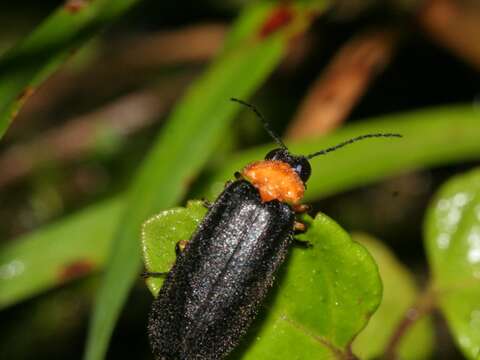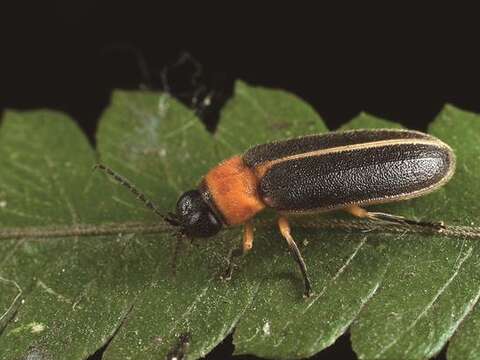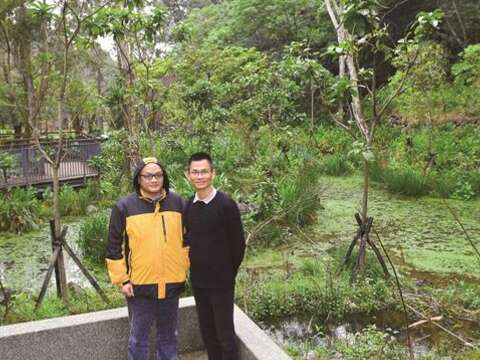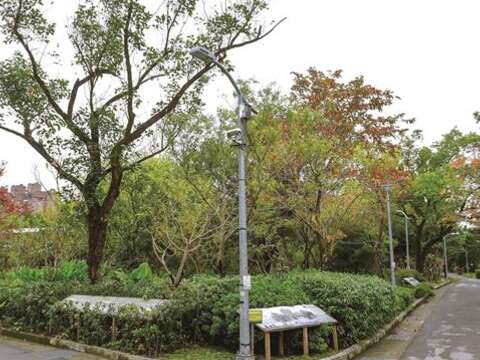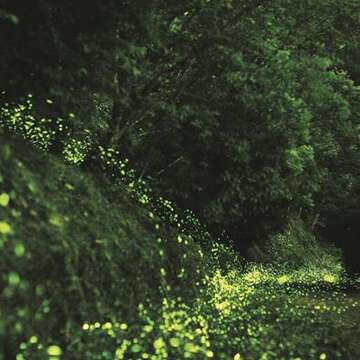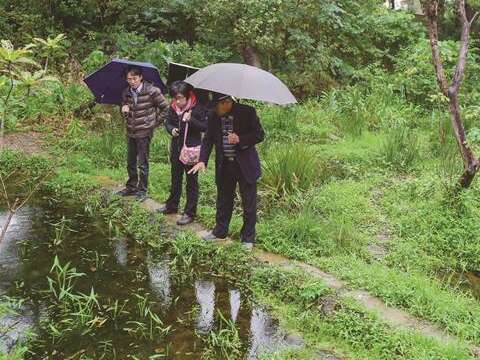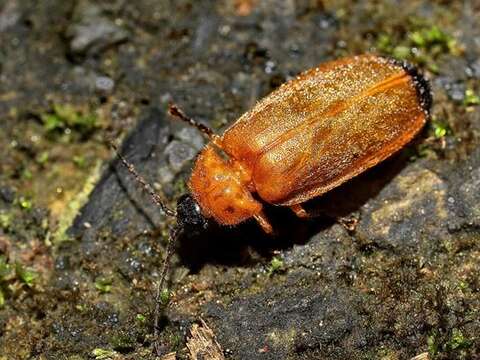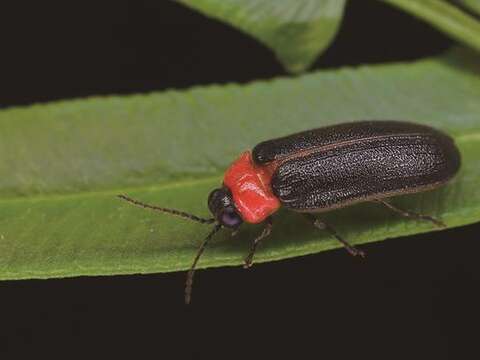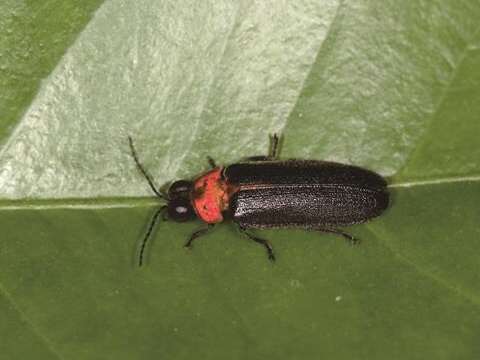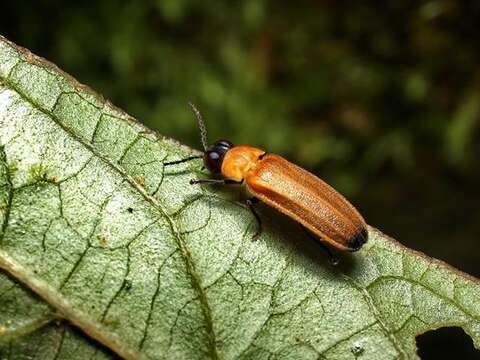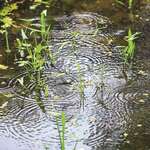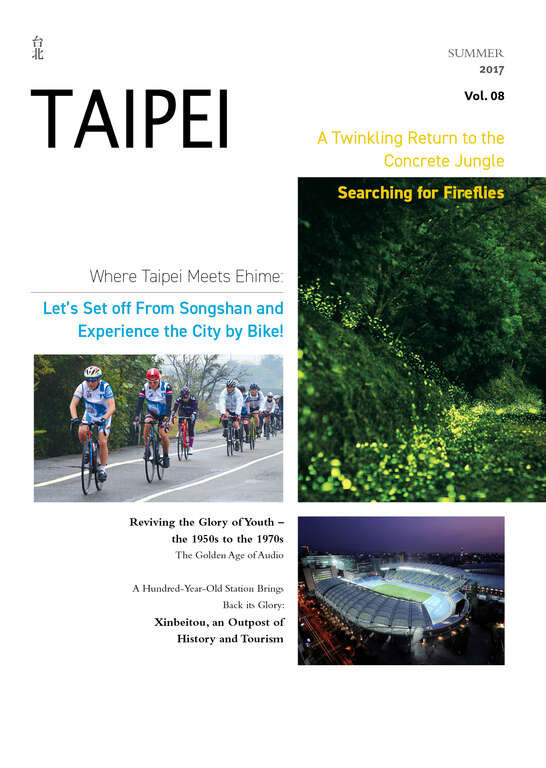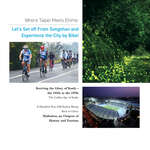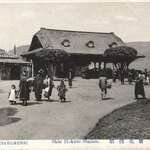Post date:2017-06-15
1394
Searching for the Glow of Memory
With Habitat Improved and Rebuilt, Ecological Restoration Has Succeeded
Article|Tu Xinyi Photos|Fang Huade, Wu Jiaxiong, Huang Chienpin
Bring the fireflies back to Taipei was purely accidental.
Standing at the foot of Xianjiyan (仙跡岩) in Wenshan District, Friends of Daan Forest Park Foundation Vice-Director, Kaven Chen (陳鴻楷), smiles and says, “This is where everything started. Originally, the landowner just hoped our team would solve the mosquito and bug problem here.” It turned out that Chen spotted fireflies at this location, which set him on a journey of saving and restoring the glowing little insects.
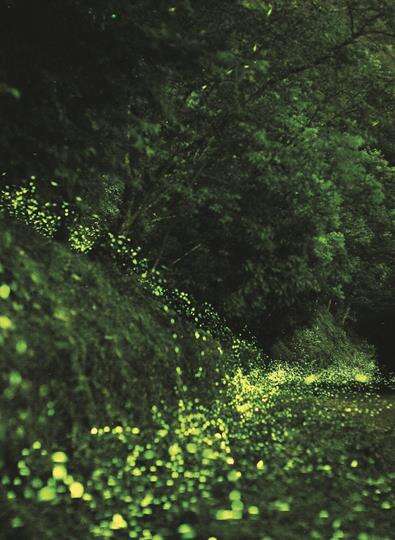
▲ With expert devotion to restoration work, Taiwan topped many countries to host the 2017 International Firefly Festival. (Photo: Fang Huade)
Creating a Habitat To Encourage the Fireflies’ Return
In 2012, Chen was entrusted with this project and started doing ecological research. During basic survey work, he spotted twinkling fireflies that had long been missing. He recorded about three different species; though very few of each, it made him excited nonetheless. If fireflies were restored at the foot of Xianjiyan, it would mean that a symbol of brightness had been brought back to Taipei. And that would be a great thing!
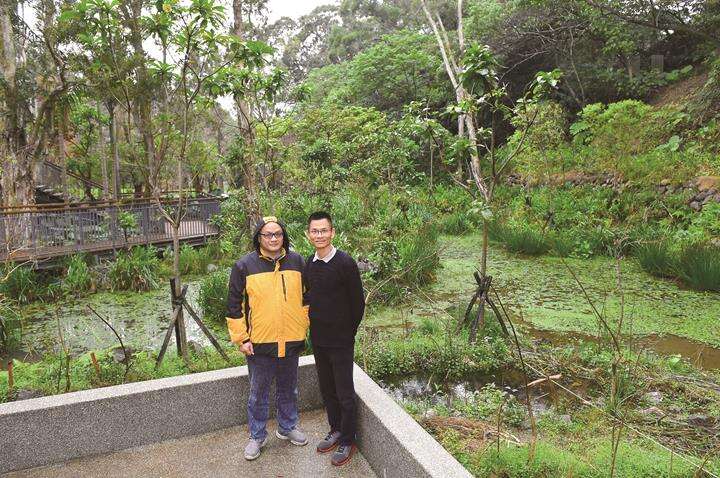
▲ Vice-Director Kaven Chen (right) and Dr. Wu Jiaxiong (left) have devoted themselves to bringing fireflies back to Taipei. (Photo: Huang Chienpin)
But he also realized that the land owner probably had plans to build on such a big lot. “But I still wanted to try and convince him,” Chen says, “and, as it turned out, he totally supported our firefly protection ambitions.” Chen went ahead and assembled a professional team to start the restoration. One of the team members, the entomologist, Dr. Wu Jiaxiong (吳加雄), is one of the few experts studying the firefly in northern Taiwan. Wu explained that firefly restoration doesn’t simply mean breeding and release. “Releasing them like that would kill them. Fireflies need clean water, low light pollution, and a proper place for mating and laying eggs. The first step of restoring fireflies must be restoring their habitat.” The team began the process of reactivating the Xianjiyan habitat, but in that neighborhood there was a school under construction and even excess bright light from a neighboring night school. Luckily, with a little friendly persuasion, both schools agreed to cooperate, and even put in appropriation requests for curtains!
In addition to this problem, the team had to face the challenge of Mother Nature. Two destructive typhoons were just the beginning; a local crustacean named Geothelphusa miyazakii proved tricky, too. Remembering the situation as funny and annoying at the same time, Wu recalls, “This kind of crab destroys the waterproof strata we had worked so hard to build, but we didn’t want to harm the creatures. So, we spent some time capturing the crabs with shrimp pots and then relocating them.” In the fall of 2013, the revived habitat was finally finished, and they proceeded with the first release. Wu says that when firefly restoration happened in Japan, they initially released just the adult ones, which resulted in repeated failure; it took 16 years to find a solution. “In Taipei, we decided to release adults and any young ones capable of defending themselves together. In the spring of 2014, preliminary results showed that six kinds of fireflies had been successfully returned.”
Industry and Academy Work Hand In Hand – Local People Contribute With Love
Once the restoration at the foot of Xianjiyan had succeeded, Taipei City Government moved on to other locations which had supported fireflies in the past. The aim was to create a“city of fireflies,”and Rongxing Garden Park, Muzha Park (木柵公園) and Daan Park were all picked as venues for restoration. The hope was that fireflies that had been forced into suburban areas for decades would come back to Taipei City.
The Friends of Daan Forest Park Foundation has worked with the Parks and Street Lights Office Public Works Department, Taipei City Government (台北市政府工務局公園路燈工程管理處), and has duplicated the successful Xianjiyan experience in these three areas. But each park has its own conditions, which made the restoration process extremely hard. Using Muzha Park as an example, Wu says it took a whole year just to clear out the exotic species of animals and plants, and a lot of silt. “You can’t get big machinery in there; so over one thousand volunteers from Wenshan Community College helped dig and haul out bags of silt and exotic plants using simple elbow grease.” It was the same situation at Rongxing Garden Park. Yang Pingshi had successfully restored fireflies there before, now he’s back to supervise this project. Local people, volunteers and school kids were recruited and, working together, three thousand individuals did the job in just over six months.
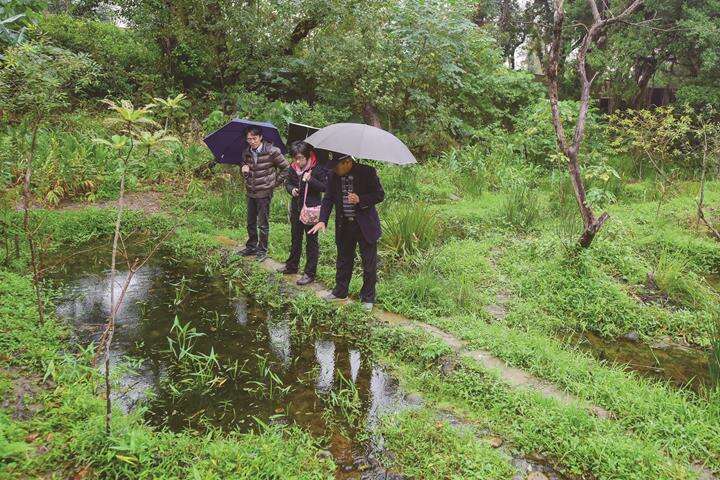
▲ Professor Yang Pingshi (right) introduces Rongxing Garden Park’s restoration eco-pool to park volunteers. (Photo: Huang Chienpin)
Situated right downtown, Daan Park had to overcome the troubling issue of light pollution. With many years of experience in LED development, Everlight (億光電子工業股份有限公司), and in particular its farm-born CEO, Robert Yei (葉寅夫) and his wife, Susie Chien (簡文秀) tackled the challenge after learning about urban light pollution. Researching various scientific studies, they found that in America in the 1980’s, ERG tests were conducted on fireflies. The results showed that fireflies are photosensitive to ultraviolet and green light especially. But, according to Dr. Wu, a wavelength of 590nm on the red spectrum will not disturb fireflies as much, and can be used for nighttime lighting. New special lights, instead of being mass produced, were hand developed, and provided totally free for the restoration project. “For LED manufacturers, it’s easy enough to produce a wavelength of any nanometer,” Chien says. “This study was done 30 years ago, but no one had ever put it into practice. Now it’s been successfully applied in Taiwan, which shows we have a great sense of ecological conservation, and this is something we should be proud of.”
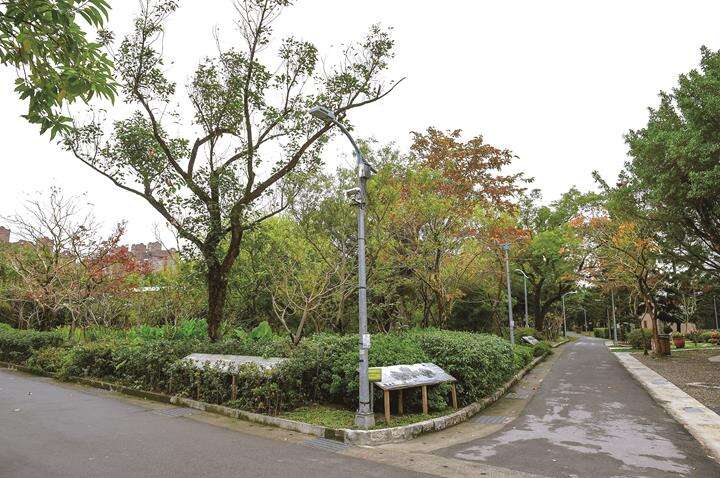
▲ The LED lights in Daan Park reduce harm to fireflies. (Photo: Huang Chienpin)
With downtown firefly restoration successfully accomplished, Taiwan was chosen over Australia and Mainland China to host the International Firefly Festival this year. To help people see the importance of restoration and how they can support and cherish fireflies, volunteers have been posted near the eco-pools of these three parks. They are able and willing to answer visitors’ questions at all times. In this way, ecological knowledge can become part of the ongoing education of Taiwan, and fireflies will stay here and flourish forever!
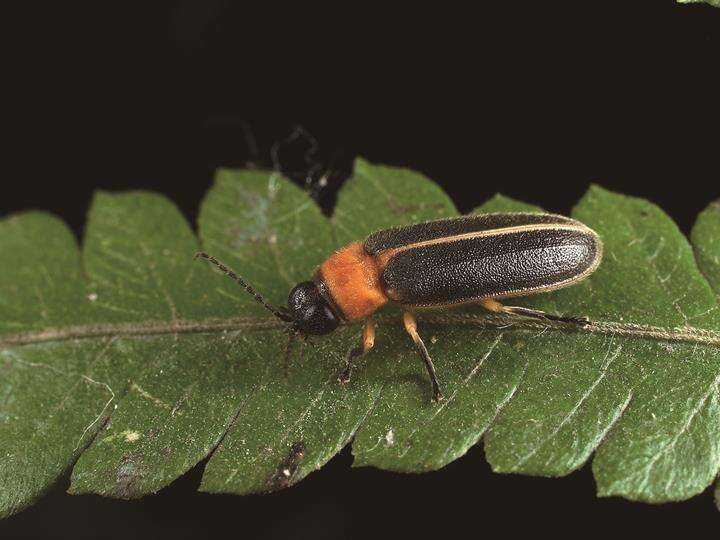
▲ Aquatica ficta
This is the most common aquatic species in Taiwan. Their eggs are yellow but turn black before hatching. There are yellow lines along the insect’s edge between two elytra and its light flash is yellow. Thus, it’s been named “Huang Yuan Yin” in Chinese, which means the firefly with a yellow edge. (Photo: Wu Jiaxiong)
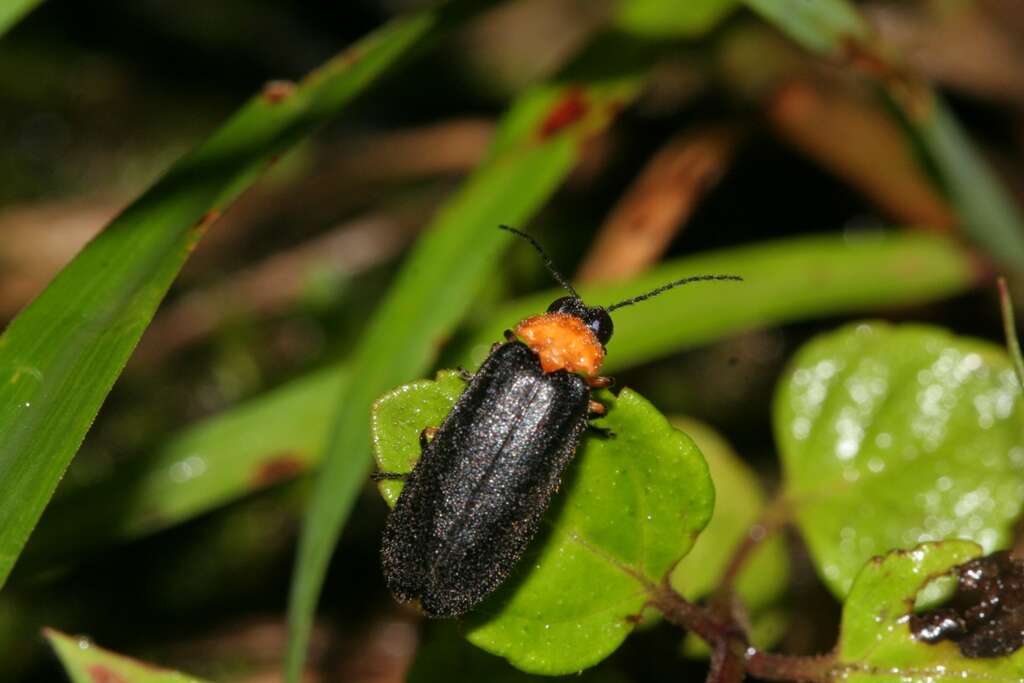
▲ Luciola cerata
This species outnumbers all others in Taiwan. They have an orange breast and black wings, and flash a yellow-green light. They live at low and medium mountain levels. (Photo: Wu Jiaxiong)
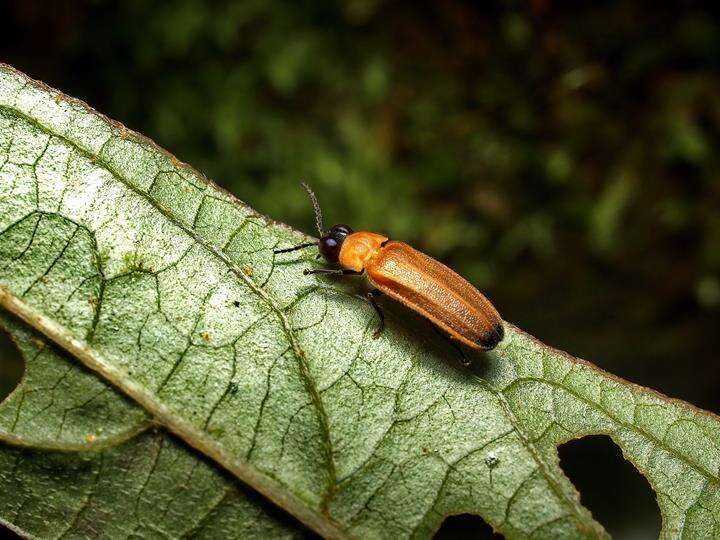
▲ Curtos costipennis
These appear between April and August each year. The photogenic organs on the breast and elytra are both orange yellow. The wingtips and whole body are black. (Photo: Wu Jiaxiong)
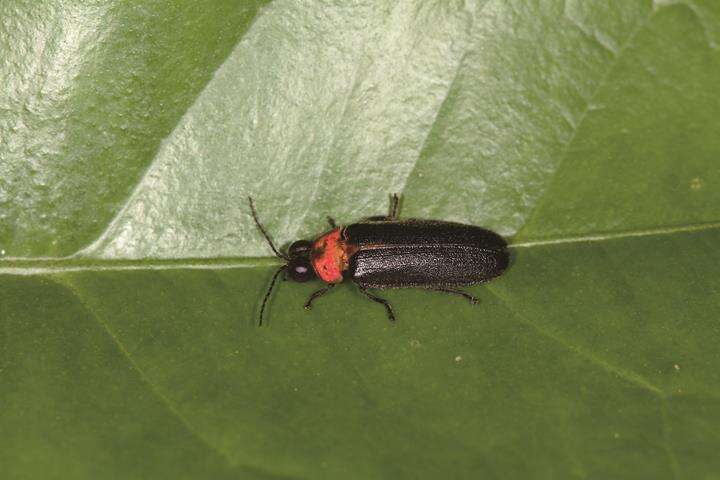
▲ Luciola kagiana
Their most notable feature is their red pronotum. They love damp and dark places in the mountains. Their flash is orange red in color and fires with rapid frequency and for a long time. (Photo: Fang Huade)
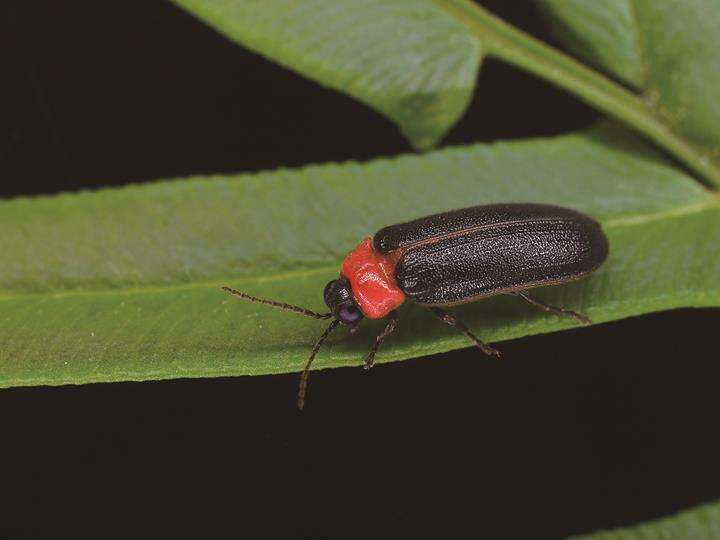
▲ Luciola satoi
They have a pink pronotum and are similar to Luciola kagiana except for their smaller size. Their flash is orange red as well. (Phot: Wu Jiaxiong)
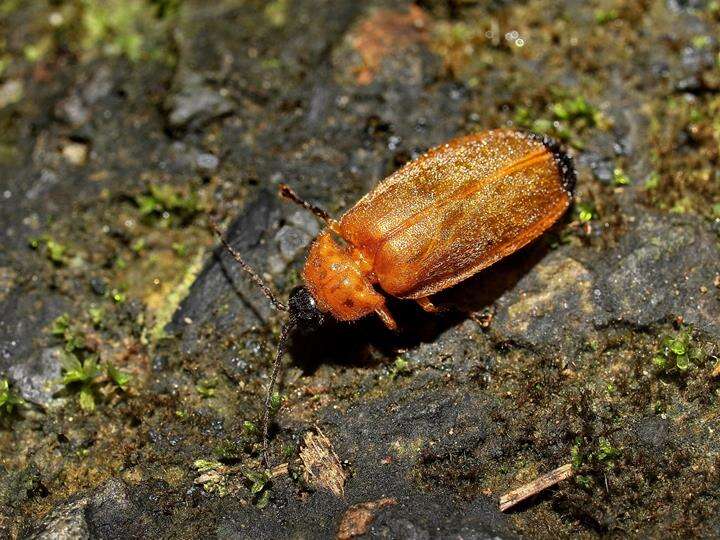
▲ Luciola anceyi
These fireflies have an orange yellow body with a black head, and their forewing tips have black spots. They love to fly up to higher levels in the woods at night; they are active in the daytime as well, visiting flowers and mating. (Photo: Wu Jiaxiong)
Firefly Watching Guidelines
Seasons:
Spring (April to May) and Fall (September to October)
Terrestrial Fireflies
Location: Hushan Creek Trail (虎山溪步道)
Species: Luciola cerata, Luciola kagiana, Luciola satoi, Luciola anceyi
Aquatic Fireflies
Locations: Rongxing Garden Park, Muzha Park, Daan Park
Species: Aquatica ficta
Reminders
1 Wear long-sleeved clothing and pants to avoid insect bites.
2 While watching fireflies, talk quietly and watch your step.
3 Do not use red cellophane to cover a white LED flashlight! The LED will still be harmful to fireflies. Using red cellophane to cover an incandescent bulb flashlight is fine, as this doesn’t harm fireflies. Please note that the three firefly restoration parks have all installed lighting that provides visibility but will not harm fireflies; so you don’t need to worry.
4 Please do not release animals or plants into the eco-pools. This may result in destroying the firefly’s habitat.
5 Please do not reach out to catch fireflies; just enjoy their twinkling beauty.
Gallery
:::
Popular articles
 TAIPEI QUARTERLY 2017 SUMMER Vol.08
TAIPEI QUARTERLY 2017 SUMMER Vol.08 Reviving the Glory of Youth – the 1950s to the 1970s The Golden Age of Audio (TAIPEI QUARTERLY 2017 SUMMER Vol.08)
Reviving the Glory of Youth – the 1950s to the 1970s The Golden Age of Audio (TAIPEI QUARTERLY 2017 SUMMER Vol.08) A Hundred-Year-Old Station Brings Back its Glory: Xinbeitou, an Outpost of History and Tourism (TAIPEI QUARTERLY 2017 SUMMER Vol.08)
A Hundred-Year-Old Station Brings Back its Glory: Xinbeitou, an Outpost of History and Tourism (TAIPEI QUARTERLY 2017 SUMMER Vol.08) Mr. Mario Ste-Marie Executive Director, Canadian Trade Office in Taipei (TAIPEI QUARTERLY 2017 SUMMER Vol.08)
Mr. Mario Ste-Marie Executive Director, Canadian Trade Office in Taipei (TAIPEI QUARTERLY 2017 SUMMER Vol.08) The Happiness Philosophy of Soba Noodles Exclusive Interview With Ikawa Masaki, Owner of Xing Hu Soba Noodles (TAIPEI QUARTERLY 2017 SUMMER Vol.08)
The Happiness Philosophy of Soba Noodles Exclusive Interview With Ikawa Masaki, Owner of Xing Hu Soba Noodles (TAIPEI QUARTERLY 2017 SUMMER Vol.08) 2017 Taipei Children's Arts Festival, Taipei Arts Festival, and Taipei Fringe Festival A Dynamic Mid-Summer of the Arts (TAIPEI QUARTERLY 2017 SUMMER Vol.08)
2017 Taipei Children's Arts Festival, Taipei Arts Festival, and Taipei Fringe Festival A Dynamic Mid-Summer of the Arts (TAIPEI QUARTERLY 2017 SUMMER Vol.08)
 Searching for the Glow of Memory (TAIPEI QUARTERLY 2017 SUMMER Vol.08)
Searching for the Glow of Memory (TAIPEI QUARTERLY 2017 SUMMER Vol.08)